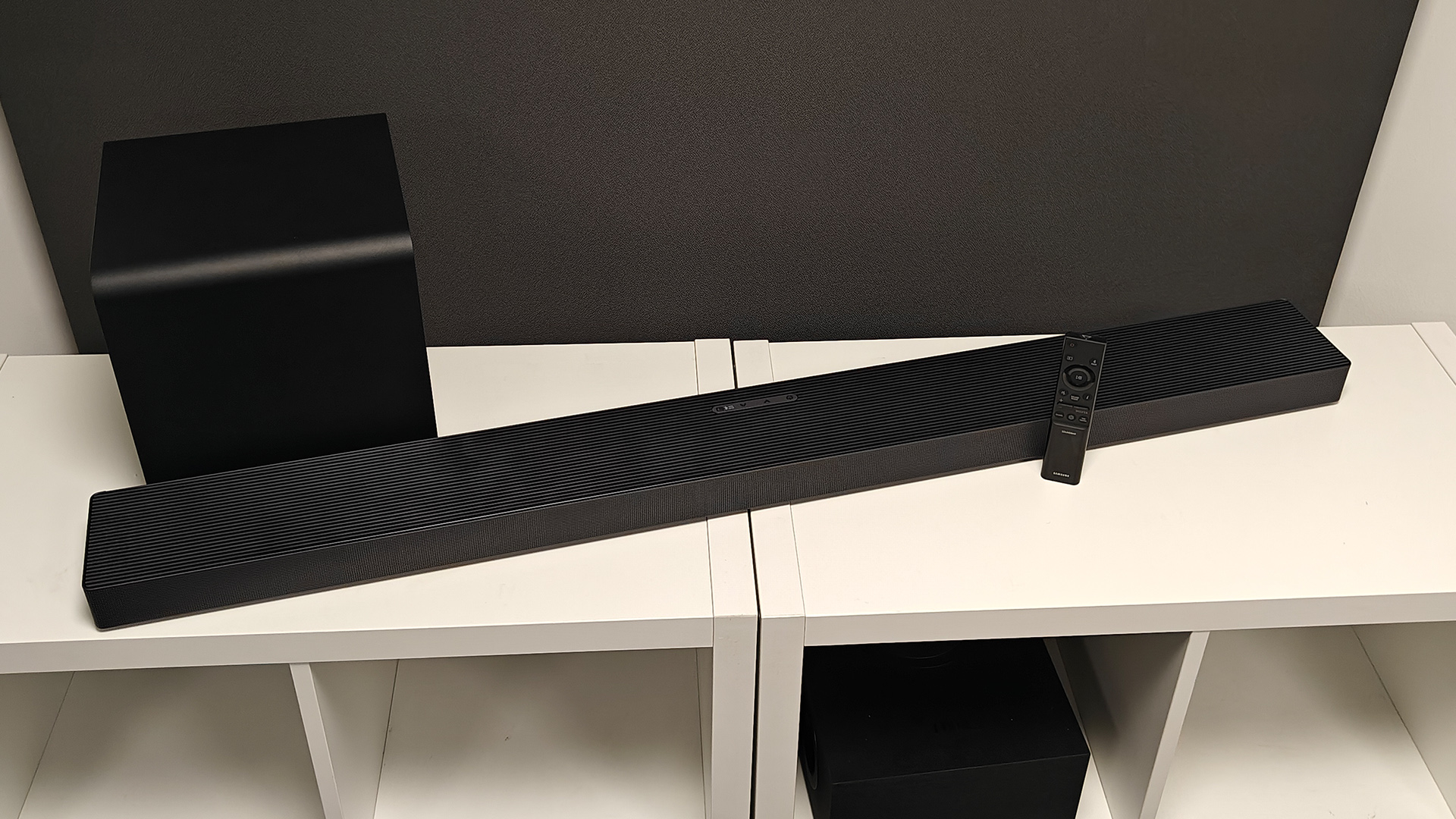The 33⅓ vinyl LP celebrates its 72nd birthday
On 21st June 1948, Columbia Records introduced the 12in vinyl LP record – and changed the music industry forever

At a press conference in New York's Waldorf Astoria hotel in June 1948 (most likely on the 21st, though there is some dispute over the exact date), Columbia Records introduced its long-playing vinyl discs.
A seismic moment in the history of the music industry, it was a continuation of the battle between RCA Victor and Columbia Records to make the dominant music format, a fight that, while they couldn't know it at the time, was won with the launch of Columbia's revolutionary 33⅓ vinyl LP.
The company had embarked on the task of developing a storage format that could hold 20 minutes of music per side in 1941, had paused almost immediately due to American involvement in World War II, and resumed in 1945.
By 1948 it was ready. Two types of discs, 10in and 12in, both turning at a mere 33⅓ revolutions per minute, were unveiled - and by 1956 the previous standard for recorded music, 10in shellac discs that turned at 78rpm and would break if you dropped them, had been abandoned by every major recording company in the United States.

The rivalry between RCA Victor and Columbia Records led to RCA Victor’s introduction of a competing vinyl format, the 7in, 45rpm record. And from 1948 to 1950, the "War of the Speeds" saw record companies and consumers make their choice over the superior format. The 12in LP prevailed.
The advantages of the new format were clear. Although far from indestructible, vinyl discs were far harder-wearing than the original shellac – but it was the playing time that was the real selling point, especially over the 7in version. There were sound quality advantages too - and the overall modernity of the format made it irresistible.
Further developments were few but significant: stereo pressings became the norm as 1957 turned into 1958, and by the early 1960s cartridges that operated at lower tracking forces than before improved the longevity of both cartridge and disc. HD Vinyl next? We shall see.
The latest hi-fi, home cinema and tech news, reviews, buying advice and deals, direct to your inbox.
The composition of the vinyl itself has varied over the last 70 years - virgin vinyl was always preferable (and is a proud selling point of any number of current vinyl reissue companies), but an oil crisis in the 1970s and the advent of Compact Disc in the 1980s led to both the use of recycled vinyl and reduced vinyl weight.
Neither of these developments passed without criticism, and virgin vinyl pressings of 180g are considered optimal. Columbia's very first 12in vinyl release, Nathan Milstein and the New York Philharmonic having at Mendelssohn's Concerto in E Minor (ML4001) weighed in at 220g.
The vinyl LP as a viable format has been read the last rites on numerous occasions but though the flame of its appeal may have dimmed, it has never been entirely extinguished. 72 years after it was first announced, the 33⅓rpm 12in vinyl record has plenty of life in it yet.
Simon Lucas is a freelance technology journalist and consultant, with particular emphasis on the audio/video aspects of home entertainment. Before embracing the carefree life of the freelancer, he was editor of What Hi-Fi? – since then, he's written for titles such as GQ, Metro, The Guardian and Stuff, among many others.
